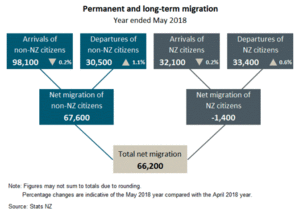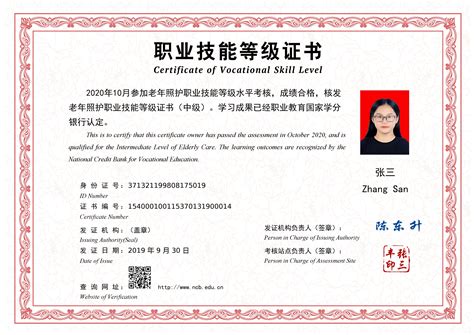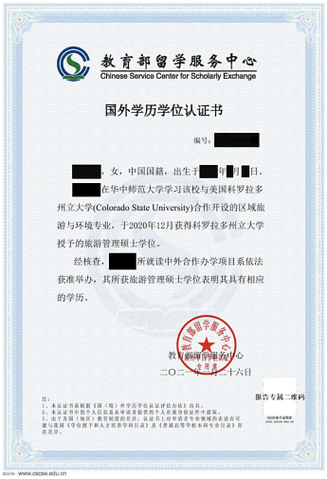中国每年移民人口净流出
policymakers, economists, and social scientists. Let's delve into the global annual immigration statistics to gain insights into this dynamic phenomenon.
---
**Global Annual Immigration Trends**
The annual number of immigrants worldwide fluctuates based on various factors such as economic conditions, geopolitical stability, and government policies. While exact figures can vary from year to year, there are general trends that can be observed.
1. **Overall Immigration Numbers**: According to recent data from the United Nations, the global number of immigrants has been steadily increasing over the past few decades. In 2020, there were an estimated 281 million international migrants worldwide, up from 173 million in 2000.
2. **Regional Disparities**: Immigration patterns vary significantly across different regions. For instance, North America and Europe are traditionally popular destinations for immigrants, attracting millions of people annually. Meanwhile, regions such as Africa and Asia also experience significant internal and cross-border migration due to various economic and social factors.
3. **Leading Destination Countries**: Certain countries consistently rank among the top destinations for immigrants. The United States, for example, has historically been a magnet for immigrants, with millions of people relocating there annually. Other popular destination countries include Canada, Australia, Germany, and the United Kingdom.
4. **Labor Migration**: Economic opportunities remain one of the primary drivers of immigration. Many individuals and families relocate to other countries in search of better employment prospects, higher wages, and improved living standards. As a result, countries with robust economies and labor markets tend to attract more immigrants.
5. **Refugee and Asylum Seekers**: In addition to labor migration, there is also a significant flow of refugees and asylum seekers across borders. These individuals are forced to flee their home countries due to conflict, persecution, or other humanitarian crises. While the number of refugees and asylum seekers can fluctuate greatly depending on global events, it remains a critical aspect of global immigration.
---
**Challenges and Considerations**
1. **Integration**: Successful immigration policies should focus not only on facilitating entry but also on promoting integration and inclusion. Efforts to support immigrant communities in adapting to their new countries, learning the language, and accessing education and employment opportunities are essential for fostering social cohesion.
2. **Labor Market Dynamics**: Immigration can have both positive and negative impacts on domestic labor markets. While immigrants often contribute valuable skills and fill labor shortages in certain industries, there can also be concerns about wage suppression and job competition. Balancing the needs of native-born workers with those of immigrants is a key consideration for policymakers.
3. **Social Cohesion and Diversity**: Immigration contributes to cultural diversity and enriches societies with new perspectives and experiences. However, rapid demographic changes can also lead to social tensions and xenophobia. Promoting intercultural dialogue, tolerance, and understanding is crucial for building cohesive and inclusive communities.
4. **Legal and Ethical Considerations**: Addressing immigration challenges requires a careful balance of legal, ethical, and humanitarian considerations. Striking the right balance between border security and human rights, as well as implementing fair and transparent immigration policies, is essential for upholding international norms and values.
---
**Conclusion**
The global annual immigration statistics provide valuable insights into the complex dynamics of human mobility across borders. Understanding these trends and their implications is essential for informed policymaking, economic planning, and social cohesion efforts. By recognizing the opportunities and challenges associated with immigration, countries can develop more effective and inclusive strategies to manage this fundamental aspect of modern society.
---

免责声明:本网站部分内容由用户自行上传,若侵犯了您的权益,请联系我们处理,谢谢!联系QQ:2760375052








